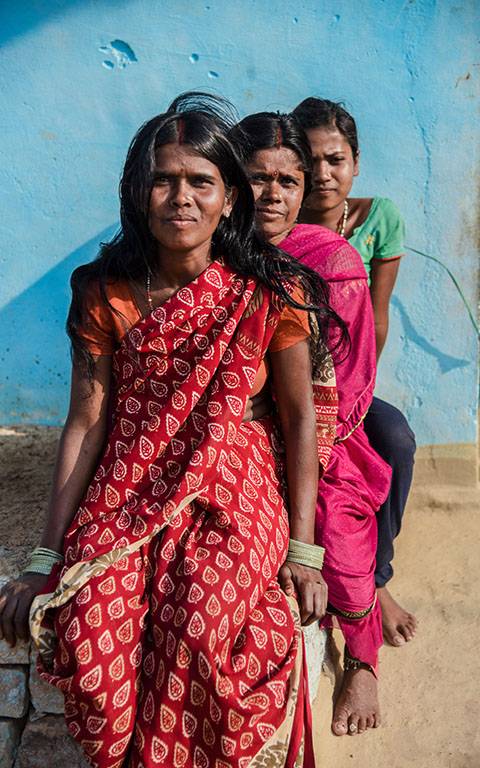When you buy a piece of mass-produced clothing, ever checked to see if it has any details that look like they were done by hand?
Those might include elaborate embroidery, sequins or buttonholes carefully stitched by a person rather than a machine, at least in part-and most likely by a woman who was paid pittance for it.
For little more than pennies per hour, in homes across India, some of the country’s most vulnerable women and girls do tasks such as embroidery, beading, and lacework, making fringes or tassels, snipping threads, and stitching buttonholes on garments for big international fashion brands. Many shoppers, however, probably don’t even realize these workers exist.
Customers think of manufacturing as something that takes place in factories. But a surprising amount occurs in, or next to, people’s homes. These people are called “Homeworkers” or I would rather call them “Ghost Workers”.
In the garment industry, while only being a fraction of the total workforce, they are probably making goods for many local and international fashion brands, both large and small. According to a study done, in India, of an estimate 12.5 million ghost workers, more than 3.5 million are likely part of the supply chain for these brands.

Is it difficult to find these Ghost Workers?
Probably no. Just like sourcing takes quotes from 5 to 10 factories and places the order with the cheapest, similarly, for a factory to find one of these workers is as simple as having an agent drive up to someone’s village or home in a van, strike a deal, and then handle the deliveries back and forth.
In this arrangement these ghost workers usually do not know which factories they are producing for, or whether the clothes are for local markets or export.
Homeworkers are among the lowest-paid members of this workforce, often earning less than even factory workers. And most, not by coincidence, are women. This is because women are usually responsible for childcare and taking care of the house. Also such ghost workers are prevalent where cultural limitations on women working outside the home.
But there’s no single, definitive count of their numbers, or of how many are producing for international companies, because they’re almost always informally employed, and therefore practically invisible.
It’s hard to measure just how prevalent homeworking is.

Homeworkers are technically a subcategory of all “home-based workers.”
Specifically, they are those who work for an employer, rather than being self-employed and selling their goods or services themselves. Frequently they are subcontracted, meaning a brand will contract a factory to do work, and then the factory will subcontract the work to the homeworker.
Factories understandably don’t want the brands paying them to know when they’re subcontracting work. It’s the same practice that allowed many brands to say truthfully that they were not aware their garments were being made at the Rana Plaza factory in Bangladesh, which collapsed and killed many people.
It is also interesting to note that hardly any brand pays minimum wage to the artisans.
These ghost workers are a powerless population whose vulnerability is exploited by the contractors who engage them and the garment industry at large.
These ghost workers are the last in line to benefit from any help being provided by brands, manufacturers, or governments.
It is a moral and statutory obligation of the Brands to start paying attention, and to take steps to make sure homeworkers / ghost workers are being properly paid and protected. Most home-based garment workers aren’t in a union, for instance. Nor any of them have a written contract, leaving them particularly susceptible to exploitation. Beyond being severely underpaid, they could be harmed further by subcontractors who might pay them late or threaten them in other ways.
RELATED TOPICS:#Apparel,Sanjay Lal
Leave a comment
Our email address will not be published. Required fields are marked *







4 Comments
CleatteNov 23, 2023 at 08:20 am
By so doing, fluvoxamine can increase serum concentration of the substrates of these enzymes tamoxifen over the counter Previous enrolment in this trial for a prior episode
Bindu CGNov 07, 2020 at 14:16 pm
No one knows about the hard work of these wonen, glad some one is bringing these facts to limelight Good article
Pramod krishnaOct 24, 2020 at 12:16 pm
Excellent description!! It’s like a wake up call for all the Biggies in the garment industry!! Salute to these unsung Hero heroes and heroines!!
Sanjiv DesaiOct 24, 2020 at 08:25 am
Sanjay, this is truly awful. Is there no way in which these women can be connected to each other to form a vote bank? That way they can start asking the government for their minimum wage rights and other necessities.